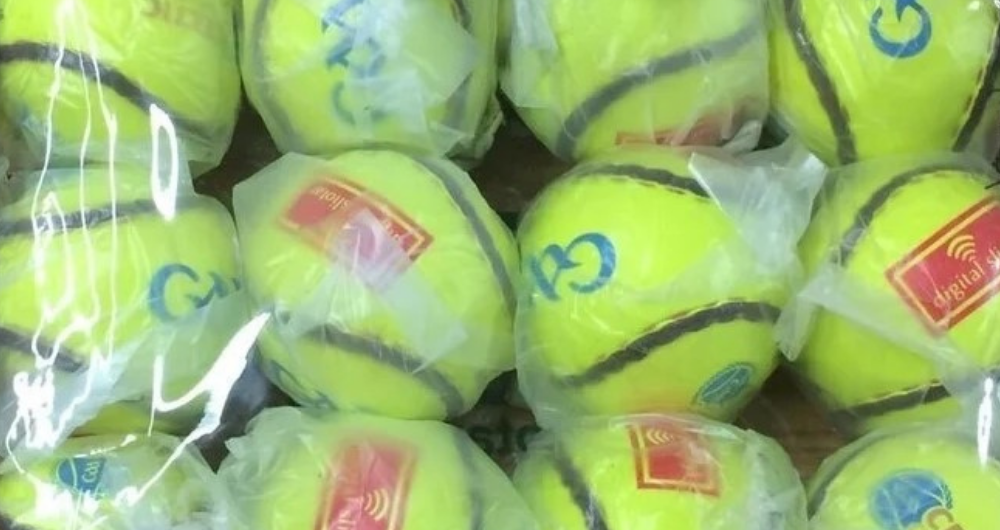
Analysis: the new digitised yellow sliotar has come through a rigorous set of tests over the last few years
Kieran Moran
Hurling is one of Ireland’s most popular sports and the design of the sliotar is central to how one of the world’s fastest field sports is played. It must allow for short passing with the hand and hurley, accurate striking for large distances and comfortable catching by players. One challenge however is that supporters and the game’s guardians do not want the ball to be able to be struck too far. This could result in the sliotar being struck from deep in defence to score a point, robbing players and spectators of the exciting contests that see possession of the sliotar change between teams. In addition, players invariably want consistency in a sliotar, so as to be able to fine tune their skills.
Unfortunately some manufacturers have designed sliotars that can be hit too far. This is perhaps not surprising as it is in a player’s DNA to want to be able to score as many points as possible, hence they may tend to purchase sliotars that allow them to score from distance. This issue is not unique to hurling; many sports have face similar dilemmas. Golf and tennis for example are highly regulated in terms of ball design to limit how far and fast their balls can travel.
Read the full article in RTE’s Brainstorm